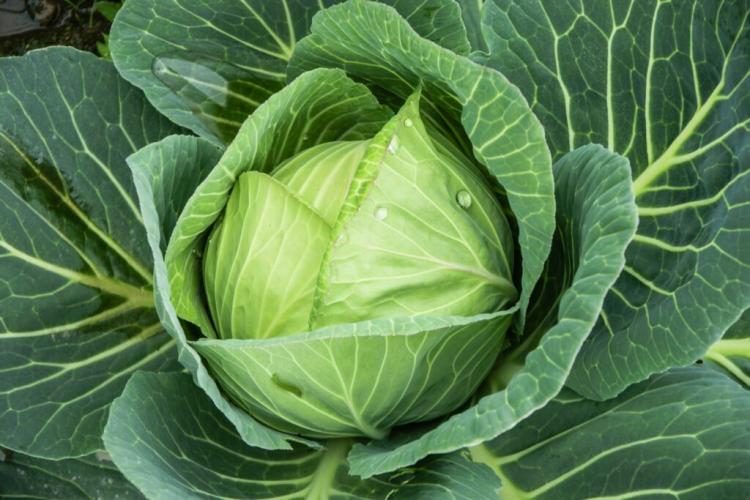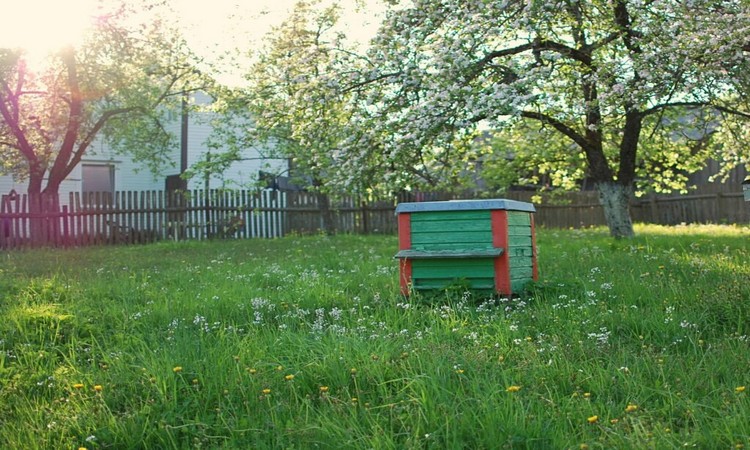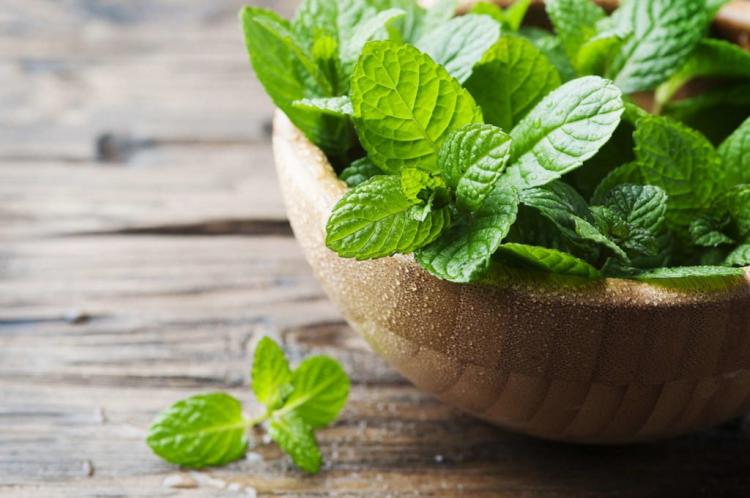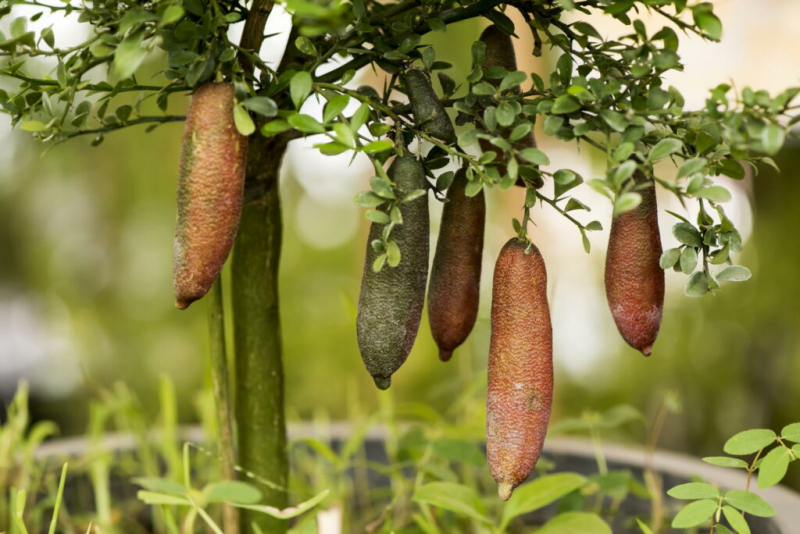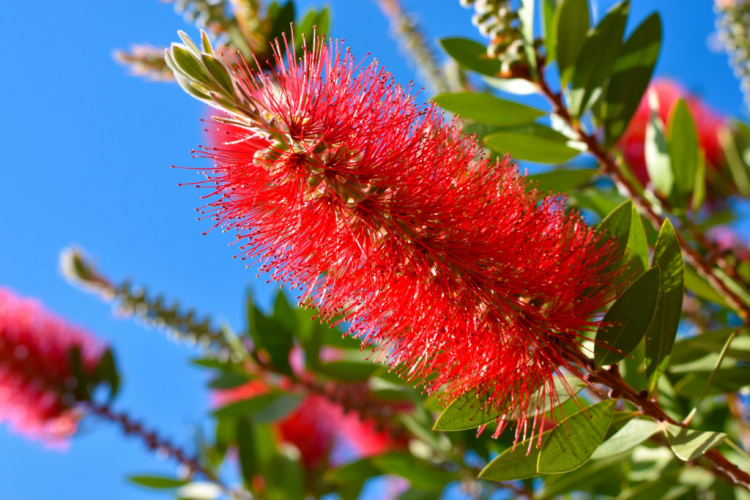Compost As A Fertilizer: Properties, Effects And Application
Garden and kitchen waste can be used as fertilizer for your plants and is also good for your soil. Here you can find out everything about fertilizing with compost.
The term “compost” comes from the Latin compositus, which means something like “composed”. Compost can be made from a wide variety of organic waste. And as colorful as the raw materials are, their properties can also be different.
What is produced by the conversion of beneficial microorganisms, you can use to fertilize your plants and to improve the soil.
Compost: properties and composition
Table of Contents
Compost is humus formed from organic waste. As already mentioned at the beginning, the properties of compost depend on the raw materials used:
Organic compost: A compost made from organic waste and some herbaceous green cuttings is called organic compost. This has a very high nutrient content because a lot of nutrient-rich material has been used. This means that it can be used as a plant fertilizer.
Green waste compost: A compost that is only made from green waste and material that is difficult to decompose is called green waste compost. It is less nutrient-rich and therefore promotes humus formation rather than fertilizing the plants.
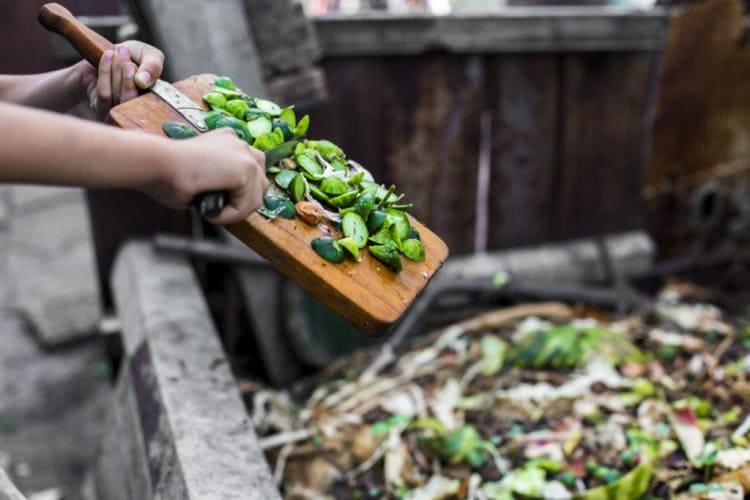
Organic and green compost are of course only two cornerstones of a wide range of possibilities. Mixtures between these are also possible, the properties of which are somewhere in the middle between the two extremes. Last but not least, the duration and the conditions during composting also influence the end product:
Fresh compost: A four to eight-week-old compost that has not yet been rotted. The structures of the starting materials are still clearly recognizable.
Ready-made compost: A compost that has rotted for at least six months. Here there is almost only crumbly, pleasantly smelling material.
Ripe compost: Ripe compost is obtained after two to three years of rotting. At this stage, even the most stable wood material has been turned into humus.
Tip: Compost has a C / N ratio of around 15: 1 to 25: 1 – depending on the raw materials and the rotting time. The C / N ratio indicates how much carbon (C) and how much nitrogen (N) a material contains. From a C / N ratio below 20: 1, the material is increasingly broken down by microorganisms, and nutrients are released rather than humus. From a C / N ratio of 25: 1, the degradation is inhibited and humus is more likely to develop because the microbial mineralization is inhibited. So compost is a borderline case and depending on the type of compost, the fertilizing or soil-improving effect can predominate. Fresh composts and those made from nutrient-rich material tend to have a low C / N ratio, while mature composts and those made from nutrient-poor material have a higher C / N ratio.
Summary properties and composition of compost:
- Organic compost is made from nutrient-rich waste and has a similar effect to a plant fertilizer
- Green compost is made from nutrient-poor waste and has a soil-improving effect
- Fresh compost is produced after about six weeks and is neither completely decomposed nor composted
- Ready-made compost is produced after about six months, then most of the material has decomposed and has been reassembled into humus
- Ripe compost is created after two to three years, then any material is decomposed and converted into humus
- Depending on the C / N ratio of the material used and the rotting time, the compost can release nutrients through mineralization or improve the soil as humus
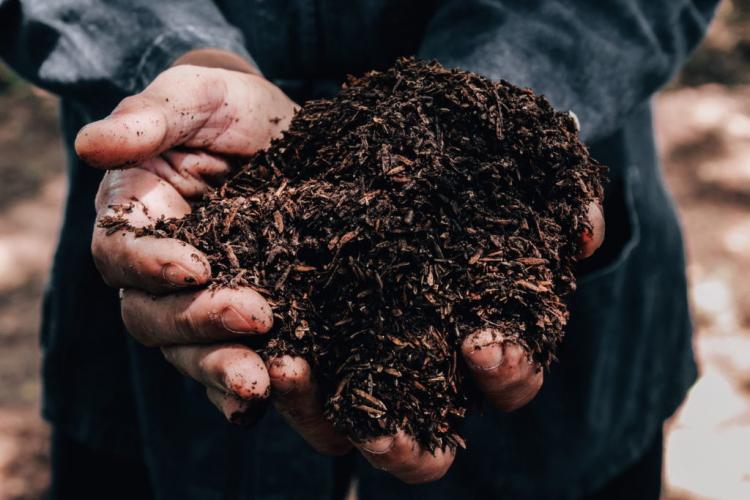
Compost as fertilizer for plants?
In principle, any type of compost is suitable for plant fertilization and soil improvement. The extent to which an effect occurs, however, depends heavily on the type of compost used. In the best-case scenario, nitrogen, potassium, and phosphorus are in a balanced relationship to one another. More often, however, it is the case that the phosphorus and potassium content is significantly higher than the nitrogen content.
Unfortunately, this nutrient ratio is suboptimal for the nutrition of plants, their nitrogen requirement is usually much higher. We, therefore, recommend that you use compost together with another fertilizer. Our Gardender organic fertilizers are ideally suited, such as the organic universal fertilizer, which is precisely tailored to the needs of the plants and has the right nutrient ratio.
Particularly noteworthy is the wealth of trace nutrients inherent in compost, which your plants need just as urgently as the main nutritional elements. The table below shows the suitability of different types of compost as fertilizer. Plant fertilizers primarily provide nutrients, soil fertilizers primarily improve the soil.
| Compost start | Primary property | description |
|---|---|---|
| Fresh compost | Plant fertilizer | Contains a few of the stable humic acids typical of fully composted material. When applied, behaves more like a layer of mulch and is quickly broken down as a source of nutrient humus. |
| Ready-made compost | Plant fertilizers and soil fertilizers | Is a valuable supplier of both nutrients and permanent humus, which promotes soil life and fertility in the long term. |
| Mature compost | Soil fertilizer | Provides a lot of permanent humus, but fewer nutrients. Contains many of the very stable humic acids that make a valuable contribution to improving soil properties. |
| Organic compost | More like plant fertilizer – depending on the stage of implementation | Is generally richer in nutrients than green compost, which leads to faster conversion and higher nutrient content in all conversion stages. It is better suited as a plant fertilizer. |
| Green compost | More like soil fertilizer – depending on the degree of implementation | Is generally poorer in nutrients, applied rather than provides permanent humus, because the conversion is inhibited by the higher C / N ratio. |
Tip: Humus that is unstable and easily degradable due to its high nutrient content is called nutrient humus. It can provide plant nutrients, but it does not permanently improve the soil.
Summary compost as fertilizer:
- Compost can basically be used as a plant and soil fertilizer
- Fresh compost and organic compost are more likely to act as plant fertilizers
- Ripe compost and green compost tend to act as soil fertilizers
- Ready-made compost has both plant-fertilizing and soil-fertilizing properties to the same extent
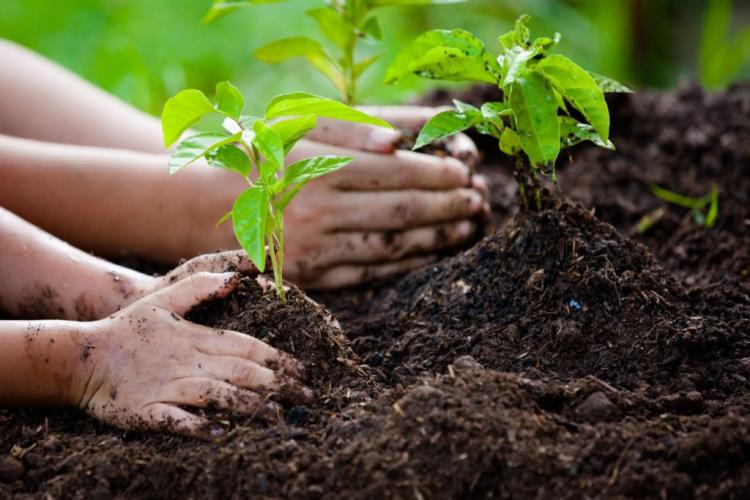
Depending on its composition and degree of ripeness, the compost has different areas of application
Effect of compost on plants and soil
The effect as a plant fertilizer is similar to the effect of organic fertilizers. The plant nutrients are released depending on the weather, so they are not available suddenly, but only gradually. This fact prevents plant damage through acute or permanent over-fertilization and is also beneficial for the preservation of humus in the soil. In addition, the slow and microbial conversion creates a natural long-term effect.
The soil fertilizing effect is usually in the foreground when using compost: The swellable and light humus flakes improve the water storage of light soils. As a result, water is better retained in the soil. Applied to heavy soils, compost loosens, which promotes aeration of the roots and drainage of water. This avoids waterlogging, which hinders the growth of most plants.
Tip: You will rightly be surprised that compost is said to have such opposing effects on different types of soil. The apparent paradox can, however, be explained by the pore size: A sandy soil has a large number of large pores in which the water cannot be held. To understand, just imagine a layer of coarse gravel: the water just flows through it and the layer soon dries up again. Clay soils behave in exactly the opposite way when it comes to pore sizes. They have many tiny pores in the soil. In these, water is retained so well that the entire ground can be saturated with water if it rains a lot because it cannot run off downwards. Plants then suffer from a lack of oxygen at the roots. In addition, they cannot even reach the water in the tiny spaces between them: it is held too tightly in the pores of the soil. Humus now acts as an intermediary. It does not have very large or very small, but medium-sized pores. These can hold water better than sand and drain it off better than clay. And the roots can optimally absorb it from these medium-sized spaces.
Humus molecules alone can hold many nutrients on their surface so that they are available again later. In connection with clay minerals, the so-called clay-humus complexes are also formed, which have outstanding properties in the area of nutrient and water storage. Only through them is the formation of larger “crumbs” possible, which are visible to the naked eye. Because of the many loosely connected molecules involved, the surface area of clay-humus complexes is very large. This explains their ability to store a lot of nutrients and water. The crumbs are also elastic and thus reduce compaction – so your soil will forgive you if you walk over it and cushions your load.
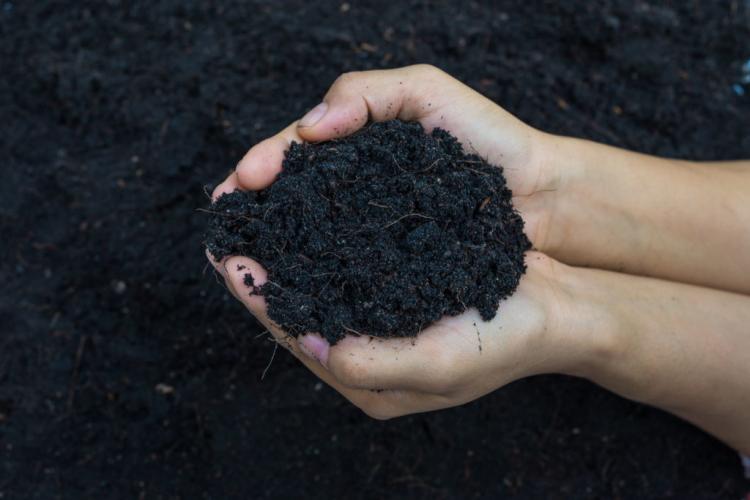
The dark humus is particularly good for your soil
The humic acids that form the stable permanent humus are dark brown to black in color. This property is very beneficial to your soil in spring: since dark soils absorb more sunlight, they can warm up faster. The warming is also promoted by good floor ventilation since the air in the ground can be heated faster than water. Good soil aeration can also be achieved with humus.
Last but not least, the little heroes of your soil should definitely be mentioned here: microorganisms. Because these are involved in almost all processes in the soil. Since organic material is their livelihood, spreading compost is a feast for them. It provides them with the energy and materials they need to provide nutrients, break down and convert raw materials and carry out many other activities that benefit your plants.
Tip: Unfortunately, compost can also have negative effects on your soil or your plants: If there is heavy rainfall in autumn while the soil is still warm and the soil life is correspondingly active, nitrogen leaching can result. It is also possible to spread fungal pathogens and unwanted seeds from wild herbs if the temperature in the compost heap was not sufficiently high during the rotting process. You will find more detailed information on hot and cold rotting in the section “Creating compost” below.
Summary of the effects of compost on plants and soil:
- The nutrients contained in the compost are depending on the weather, released slowly and over a long period of time, which protects the soil and plants
- Humus molecules – especially in connection with clay minerals – can form stable crumbs that loosen the soil, bind nutrients and water and also make heavy soils more permeable, which improves the growth conditions for plants
- The dark color and better soil ventilation encourage the soil to warm up quickly, which means that plants can start growing earlier in spring
- Compost provides an optimal breeding ground for the important microorganisms in the soil
- Under certain circumstances, compost can contain pathogens or weed seeds, and under unfavorable conditions, nitrogen can be leached out of it

Heavy precipitation can cause nitrogen leaching
Use compost as a fertilizer
The necessary quantities and the use of compost can be found in the table below. When using it, however, you should definitely note that compost should not be digested deeply. Since it contains many air-breathing microorganisms that should continue to live for further processing of the compost, the availability of air with simultaneous protection from the immediate weather is essential. Ideally, compost is incorporated completely, but flat. Mulching is a special case in which a thick layer is applied and not incorporated.
| use | quantity | compost |
|---|---|---|
| Mulching (covering planted areas) can be done every 3 – 5 years | 50 – 70 l / m², which corresponds to an approximately 5 – 7 cm thick layer | Green waste / fresh compost |
| Soil improvement | 20 – 30 l / m², which corresponds to an approximately 2 – 3 cm thick layer | Green waste / ready-made compost or green waste / mature compost |
| Annual maintenance of lawns and beds | 2 – 4 (max. 15) l / m², which corresponds to an approx. 0.2 – 0.4 cm thick layer | Green waste / finished compost or organic/finished compost |
| Fertilize trees, lawns, or beds | 5 – 10 l / m², which corresponds to an approximately 0.5 to 1 cm thick layer | Organic/fresh compost or organic/ready-made compost |
| Production of potting soil | Up to 50 percent by volume | Depending on the nutritional requirements of the cultivated plant: High: organic / ready-made compost Medium: green waste / ready-made compost Low: green waste / ripe compost |
When should compost be applied?
Ideally, compost is spread in winter or early spring. You should avoid potentially rainy and warm seasons such as late summer or early autumn. In particular, nutrient-rich composts release many nutrients when the soil is warm, which can be washed out during heavy rainfall. This is not only a shame for the plant nutrients, the environment is also polluted when nitrogen reaches natural waters via the groundwater. Composts that are poor in nutrients – ripe compost and green compost – release fewer nutrients and are therefore safer to use. The application should then take place if possible in overcast, not too dry weather.
Summary: when to spread compost?
- Spread compost in winter or early spring, never in late summer or early fall
- If possible, apply compost in damp, overcast weather
Compost in the bed: how much compost per square meter?
Depending on what your ultimate purpose is, you can apply a 0.2 to 7 cm thick layer of compost. The annual maintenance to maintain the humus content and to provide a basic stock of nutrients only requires a thin layer. The targeted improvement of the soil with ready-made or mature compost to increase the humus content in the soil already requires somewhat larger quantities. In both cases, however, the compost is worked in a flat. The mulching with fresh compost from green waste takes place in a very thick layer, which, however, is not incorporated. You can mulch every three to five years. We have more detailed information on the use of compost in other areas for you in the section below.
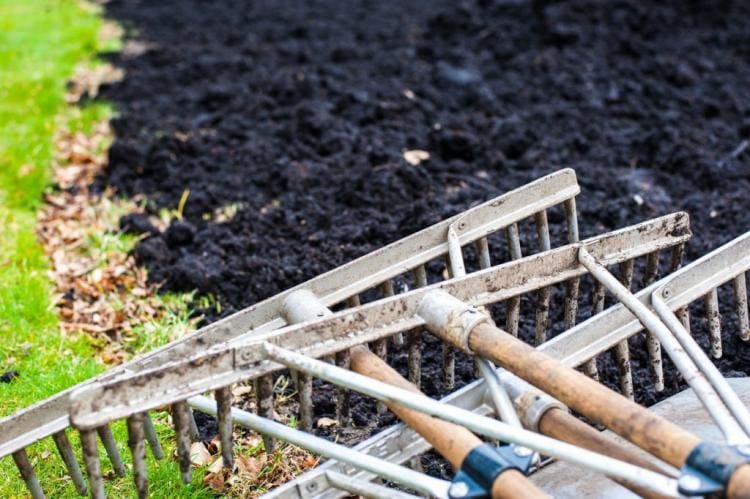
The humus can be worked in low or spread out in a thick layer
Where do you get compost soil from?
If you want to create your own compost to be able to use its extensive advantages, you can find out more about the structure of a compost container in our special article. A short guide to composting properly can be found in this article. There are many benefits to making your own compost, but it also requires a little planning and care. For example, you may need to layer waste with a bit of a brain or move it regularly for ventilation so that the rotting can run off properly. Various, more or less necessary additives can also play a role here. With the help of our special article, you can also mix compost yourself.
Perhaps composting yourself is too much work for you or you need high-quality compost quickly to fill a planting hole or to create a new bed? You can also simply buy compost – or rather humus – in various forms. The cheapest option here is certainly a local recycling center, where either organic compost and green compost are separated or a mixture of both is offered. But there are also affordable options for less rural areas.
Potting soil, which is available in bags of various sizes, contains, among other things, forms of compost of various degrees of rotting. Here, too, the starting materials can vary, so that the earth offered can differ greatly. In this advanced article, you will learn everything you need to know about purchasing humus.
You might so like:

